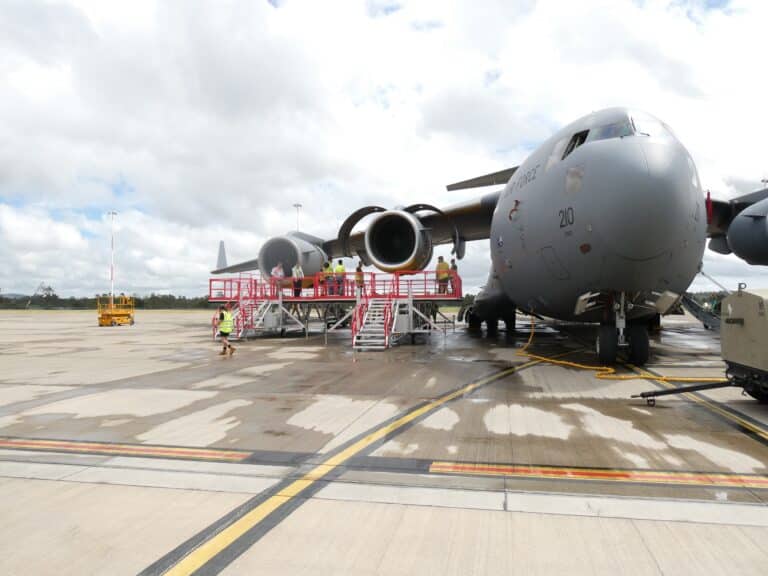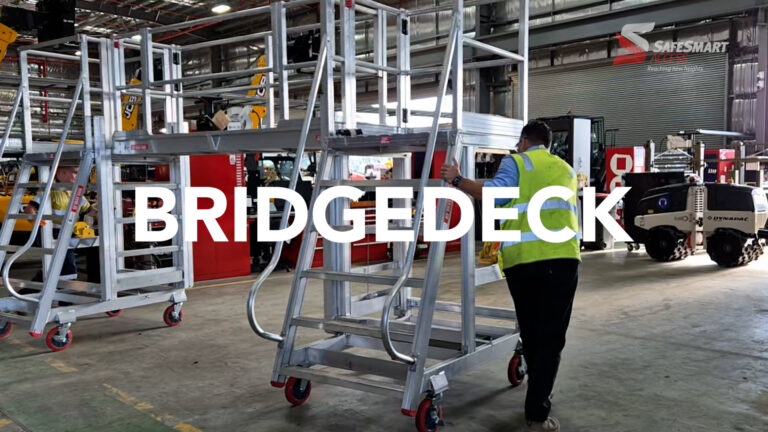Access Industry Compliance: the Labels for Life
There are many variables at a worksite that present danger to workers. The environment is constantly changing – machinery being repositioned, structures changing size and shape and the ground can be stable one day, yet unstable the next due to excavation.
And every year, it takes its toll. As of December 16, 2015 there have been 183 Australian workers killed at work. There is a wide variety of reason for these fatalities – machinery-related accidents, falls, environmental events and many more.
This is why Safe Work Australia (SWA) have their hands full all the time, making sure that any dangers identified in any industry are assessed, and appropriate compliance regulations are created to help prevent accidents.
With the majority of 2015 deaths (137) occurring within industries such as transport, postal and warehousing, agriculture, forestry and fishing, construction and mining, it is obvious why complying to Australian Standards is of the utmost importance. This applies to any equipment used in any industry, including access solutions, such as scaffolding , work platforms and more.
Although a mixture of causes have been attributed to these accidents, it is important to reduce the dangers of it ever happening again in any way you can. Of course, fatalities are the greatest loss to any business and the victims’ families, but to the business itself, even the most minor of injuries can mean days, if not weeks or months, of lost productivity.
With access equipment, for example, Australian Standards labelling is implemented to make sure that the structures used are not only made compliant by the manufacturer but are also compliant with standards regarding installation and positioning.
Do You Comply? A Short Life-Saving Checklist
During the earlier months of 2015, Australian manufacturer Safe Smart Access noticed a lot of clients had work platforms onsite with labelling that was not compliant to AS1657: 2013 .
Now this might not sound like much, but it’s very simple – the following checklist is a summary of the most fundamental information to be filled out on compliance labelling, which helps to reduce injury or even death:
- The name of the manufacturer
- The name of the installer
- The name of the certifier of the system (if any)
- The date of installation
But does a written list help reduce accidents? Of course, that would be oversimplifying it a bit, but think about it – when a requirement is consciously attended to, it has the best chance of being completed properly. It keeps contractors’ minds on the job of making sure every structure and piece of machinery is made safe on a scheduled basis.
Random checking does not work. And complying to SWA’s regulations to the fullest extent means that records of safety procedures are created and kept by the employer, in case they are ever needed during legal proceedings. It’s a cover-all solution.
Manufacturers’ Role
Worksite safety is a team effort between all stakeholders, too – developers, foremen, safety inspectors, employees and even the manufacturer. The equipment is not simply delivered to site with the onus passed onto contractors.
The manufacturer or installer is also required to supply documentation to the purchaser, setting out points such as:
- Compliance statement setting out level of compliance to this and other relevant standards
- Listing of unique serial numbers
- Listing of special provisions for use – training, additional equipment required etc.
- The required frequency of inspection, testing and servicing
Your Role
If your business owns access equipment , it’s a good idea to schedule-in a stocktake on all your work platforms to make sure that all labelling complies with the relevant standard. Of course, there is very little downtime in many industries these days, so it’s a good idea to identify your industry’s quiet times and set aside time to do this. For a lot of industries, the lead up to Christmas is a great time, due to the wind-down of projects over this period.







